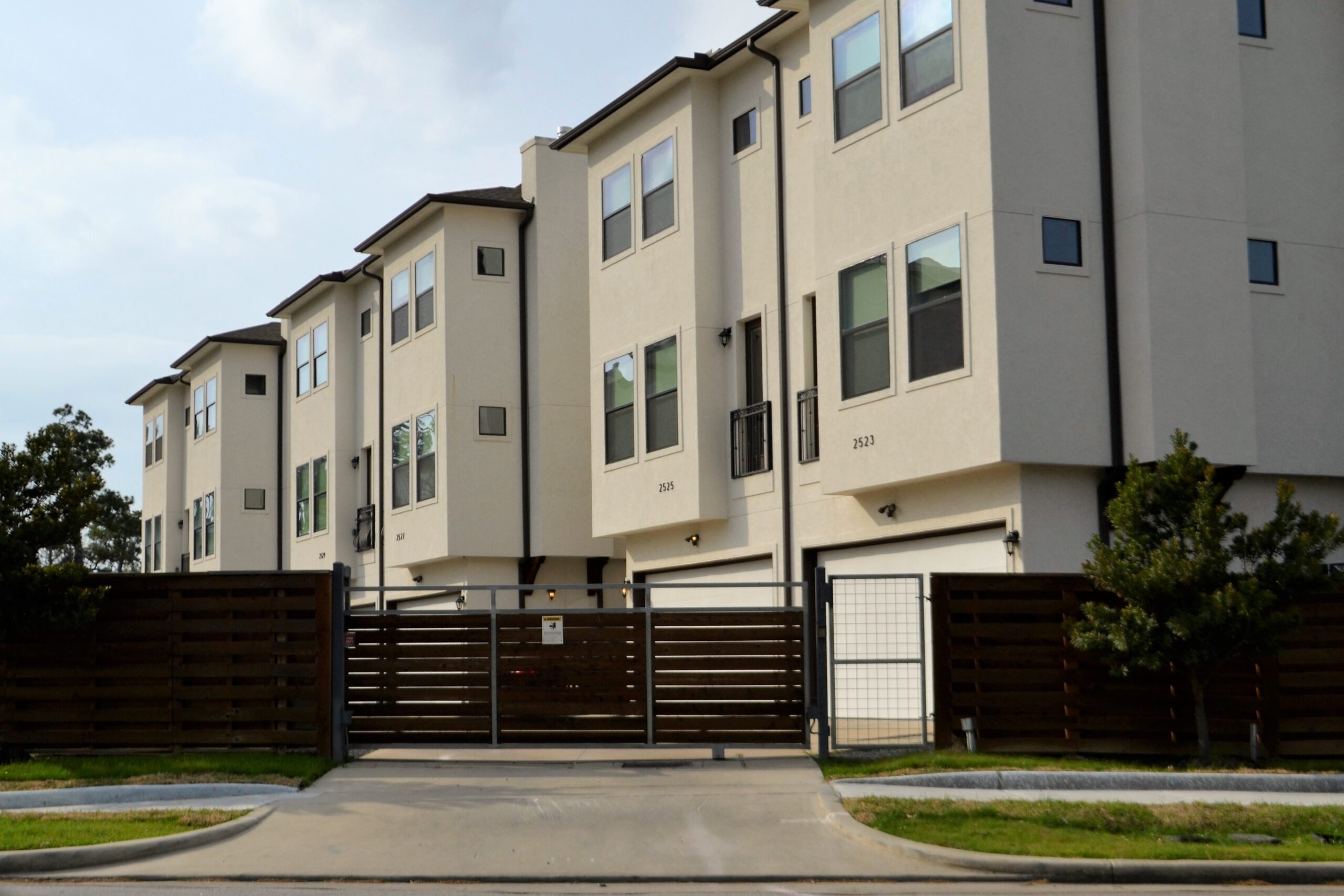
Residential investment is a popular way for investors to make money. You can invest in single-family homes and flip them for a profit. Or, you can invest in a fund that buys multifamily properties with a high probability of becoming a profit. But, before you do, you need to know something about investing in property: not all properties are created equally. While most people think of real estate in terms of houses, apartments, and condos, many other types of real estate can also be profitable investments. These other real estate types include commercial properties, rental properties, and even second home properties. In this blog post, we’ll discuss some of the things you need to know before you invest in multifamily properties. Read on to learn more.
What Is Multifamily Property?
Multifamily real estate is a type of housing that includes numerous units in a single structure. The word multifamily real estate, often known as multi-dwelling units, is generally used to describe apartment complexes, as each structure has numerous rentable living areas.
A multifamily property can be a fantastic way to generate passive income if you’re just getting started as a real estate investor. Multifamily properties are in strong demand right now, owing to the numerous financial benefits they may provide.
Why Invest in Multifamily Properties?
When you think of investing, chances are you think of stocks, bonds, and other financial instruments. But multifamily property investing isn’t just for the wealthy. In fact, it’s a great way for savvy investors to grow their wealth and become a part of a stable community. For those who are interested in the multifamily property market, here are a few reasons why you should consider investing in multifamily properties.
- STRONG DEMAND FOR RENTAL PROPERTIES
Multifamily investment is one of the hottest sectors in the real estate industry due to the growing population of the millennial generation according to the U.S Census Bureau. It is f
In terms of tenant demand, multifamily housing has gained a competitive advantage. People need a roof over their heads regardless of the situation of the economy. Furthermore, the focus has switched from condo building to apartment development.
- BABY BOOMERS ARE INCREASINGLY OPTING TO RENT
Downsizing Baby boomers are losing interest in homeownership, many millennials have postponed or abandoned home purchases, and Generation Z, the largest generation in history, is entering the housing market with rentals first.
- MULTIFAMILY LOANS CARRY LESS RISK
While an extended period of low interest rates benefits all types of commercial real estate, multifamily property has one significant advantage for lenders: rental income comes from a diverse pool of tenants, making multifamily investment lending a lower-risk opportunity. Office or retail properties are built around a few anchor tenants, which are not always easy or cost-effective to replace.
- EASIER TO FINANCE
The entry barriers to a multifamily unit are far lower than those in the single-family housing market, particularly in terms of cost. Single-family houses are becoming increasingly unaffordable as prices continue to rise faster than wages. This is especially true in Florida, Texas, California, and New York (Miami, Dallas, Austin, New York City, Los Angeles), which have experienced significant population growth. Multifamily housing is a more inexpensive option in light of this affordability dilemma.
- GROWING A PORTFOLIO TAKES LESS TIME
Finally, if you’re serious about real estate investing, this form of investment can significantly increase the size of your portfolio. If you wish to invest in many rental apartments, this is a fantastic alternative. After all, it’s far easier to buy a multi-family rental property than it is to buy many single-family rental units.
Things to Consider Before You Invest in Multifamily Properties
- Location of the Property
For real estate investors, location is everything, especially when it comes to multifamily properties. Regional economic drivers and employment levels are vital, but a more in-depth examination of the property’s specific area is also required.
When investing in multifamily properties, investors should look for high-growth, high-yield locations with high demand and well-maintained neighborhoods.
- The Total Number of Units
Another important factor is to assess the property in its entirety. The number of units on the property, as well as the number of rooms in each unit, should be considered by investors.
On the one hand, the more units you have, the higher your cash flow and the faster your real estate portfolio will expand.
- The Property Seller
Checking out the vendor of the rental property before closing a deal is vital. The ultimate cost of the property will be heavily influenced by who is selling it to you and their motivation. A property owned by a bank, for example, is treated differently than a property owned by an individual. For example, the former may be able to provide you with additional discounts that the latter cannot. Also, be sure you’re buying this property from a respectable owner or institution.
Bottom Line
For many investors, the idea of investing in real estate is as far-fetched as hitting the jackpot in Vegas. After all, real estate is a long-term, stable investment that requires time, patience, and capital. But with a growing demand for rental properties in many markets and a lack of available properties for purchase, investing in real estate makes more and more sense. And while there are a lot of risks involved with real estate investing, it’s important to work with professional real estate agents to reap the benefits of investing in commercial real estate.
